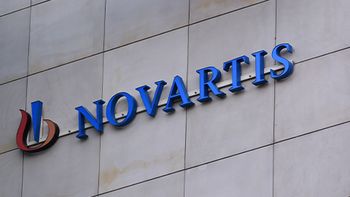
Marketing is Pre-Sales
Not long ago, I was privy to a discussion taking place in a large drug development services company.
Not long ago, I was privy to a discussion taking place in a large drug development services company. Under pressure from above to increase revenues, the sales director was arguing to put more boots on the ground and hire more sales representatives; more sales reps, he contended, means more sales. The marketing director countered that adding sales reps without qualified leads is not a wise investment and proposed a spike in the advertising budget.
Oh, please.
It amazes me that even in this day and age, people still argue over the roles of sales and marketing as if they shouldn’t be part of a seamless continuum. But because they do argue, I thought a reminder was in order.
Marketing means pre-sales; sales means closing the deal.
Marketing is everything you do that makes it possible for sales to take place. That means first establishing and then building brand awareness among an audience of qualified prospects. And from that, creating a brand identity. And from that, creating a brand preference. So if you think marketing is just about constructing an ad, a brochure or a website, you’re missing the nuance of how hard it is to occupy a place inside a prospect’s mind that may eventually lead him or her to buy a particular product or service in the presence of a sales rep.
Done correctly, all the materials in your marketing campaign will lead your prospects to prefer your service or product over other available offerings and to move them in the direction of the final sale. That’s not easy. First, your message has to be packaged to break through the thousands of other marketing messages bombarding prospects every day. Then it has to resonate with them in a way that causes them to remember and act on it.
For marketing to be effective, the core message has to be integrated on platforms ranging from print and digital advertising to websites to email and social media, and still remain consistent. That’s what building a brand means. It’s a process of gradually building up impressions and associations in an individual’s mind that relate in a positive way to your product or service, while periodically presenting opportunities to him or her to enter into the final stage of the process: sales negotiation.
All of this is to take nothing away from the role sales representatives play in the marketing process. Depending on the product or industry, a sales rep may make multiple personal “touches” on a prospect before they get down to negotiating the final agreement. But if you consider all marketing is pre-sales, those touches are actually part of the marketing effort and therefore should be strategically planned to build brand identity and preference.
For most companies in the drug development services industry, neither a spike in the advertising nor a regiment of new sales troops is going to be a good short-term solution to increase revenues. Ideally, sales and marketing work hand in glove over the long term, each supporting the other in a never-ending cycle that begins anew with each qualified prospect: build awareness, build identity, build preference, close the deal, repeat … build awareness, build identity, build preference, close the deal, repeat…
Cinda Orr is President and CEO of
Newsletter
Lead with insight with the Pharmaceutical Executive newsletter, featuring strategic analysis, leadership trends, and market intelligence for biopharma decision-makers.




